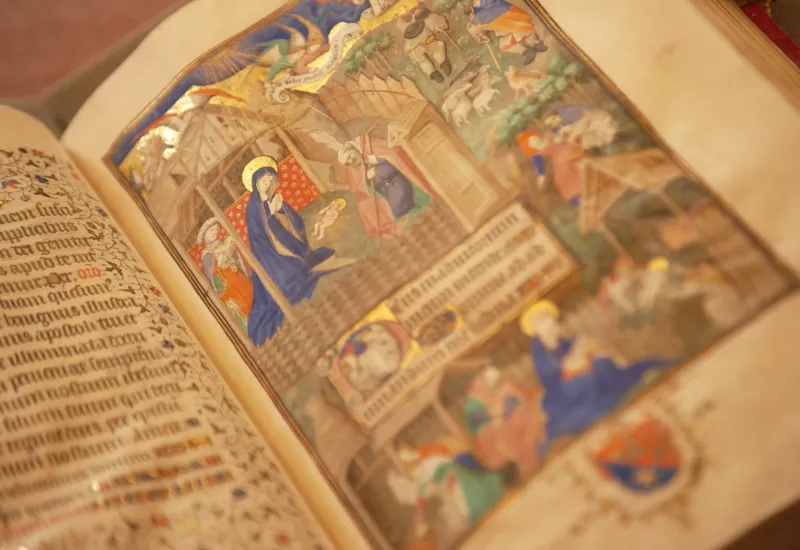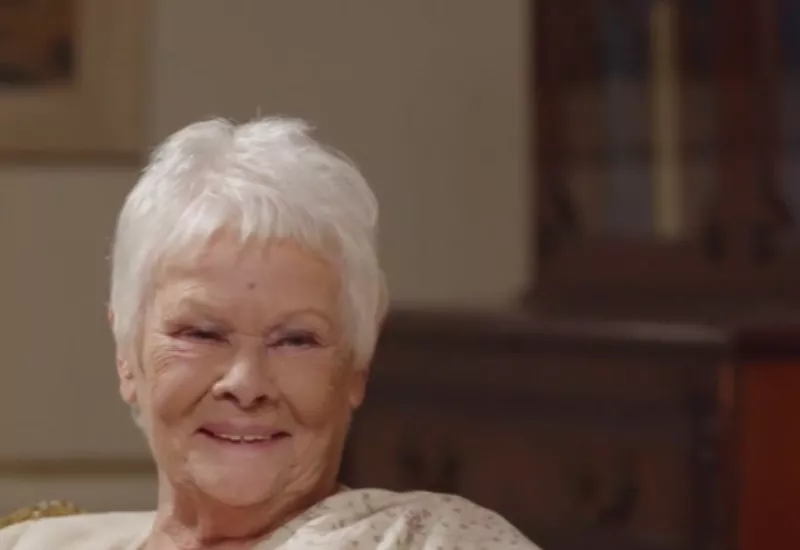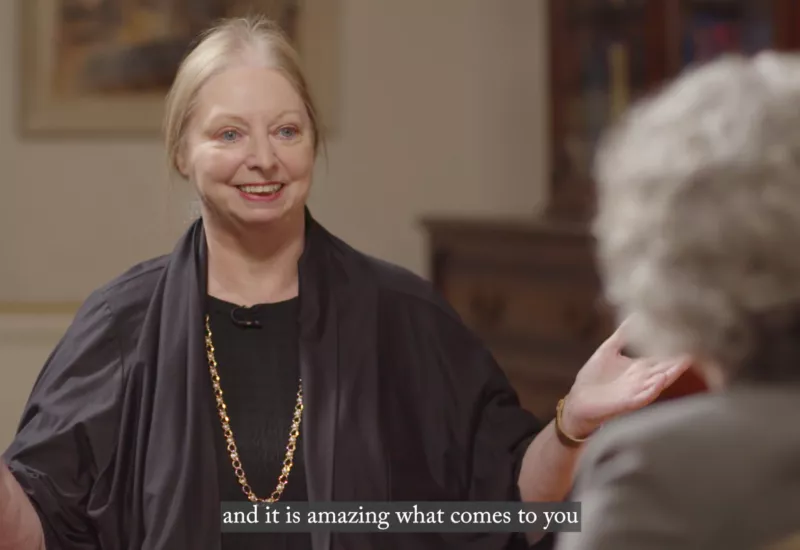Corfu is an elongated and irregular shaped island in the Ionian Sea which is blessed with a maritime/subtropical climate with mild winters and relatively cool summers. Snow and frost
are rarities on the island, even though the Albanian and Greek mountains a few miles away have a covering of snow for most of the winter. As a result, the humidity is high which gives rise to lush vegetation and a great variety of wildlife, all of which Gerald Durrell was happy to observe during his time living on Corfu between the years of 1935 and 1939.
Corfu is lucky enough to have a varied terrain with at least six peaks over 500 meters tall, with the rest of the landscape being typically rocky with low scrub and grass. Undulating hills are covered in endless olive groves with a scattering of family owned and cultivated vegetable patches. Some farmers have small fields of fodder for their animals. This is the sort of terrain that Gerald Durrell would have spent his days exploring, sometimes by himself with his dog, sometimes with a tutor and sometimes with Theodore Stephanides, who was a great friend and mentor to the young Gerald.
Historically a large part of Corfu was covered with natural oak forests but these were depleted by the Venetians who exploited the wood for ship building. Later the French and the British joined in with liberally using these trees for profit and now the forests are barely in existence. The Venetians occupied the island of Corfu between 1386 and 1797 and it was during this time that the Corfiots were convinced to plant olive trees. The locals were paid a fee for every ten trees planted and were also allowed to pay their taxes in oil. This plan was proved to be highly successful as today the island is home to over 3 million olive trees.
Spring time in Corfu is a riot of colour as the wildflowers bloom. Pathways and clearings in the olive groves are alive with tulips, iris, bluebells and poppies. Somehow the colours appear more vivid than their Northern European cousins, and flowers can be found in fields, ditches and even by the roadside.
Gerald Durrell would have had his eyes peeled for local mammals including fox, hare, rabbit, otter, weasel, beech martin and dormice. He had a habit of adopting any animal or insect that he thought was in distress and taking it home to nurse back to life. Sometimes, even some local fungi, seaweed or moss would be given the special treatment and treated like a pet, exactly like the other animals.
Corfu in the 1930s would have been a dream-like haven for a young naturalist such as Gerald Durrell. His days would have been free to safely roam the local terrain, examining the local fauna and keeping his eyes peeled for wildlife. The joys he discovered in nature and animals became a life long obsession, eventually resulting in the Durell Wildlife Park and the Durell Wildlife Conservation Trust, both of which still exist to this day.



Images from Mysticenergy, Majaiva, Sorincolac, MihaiDancaescu


